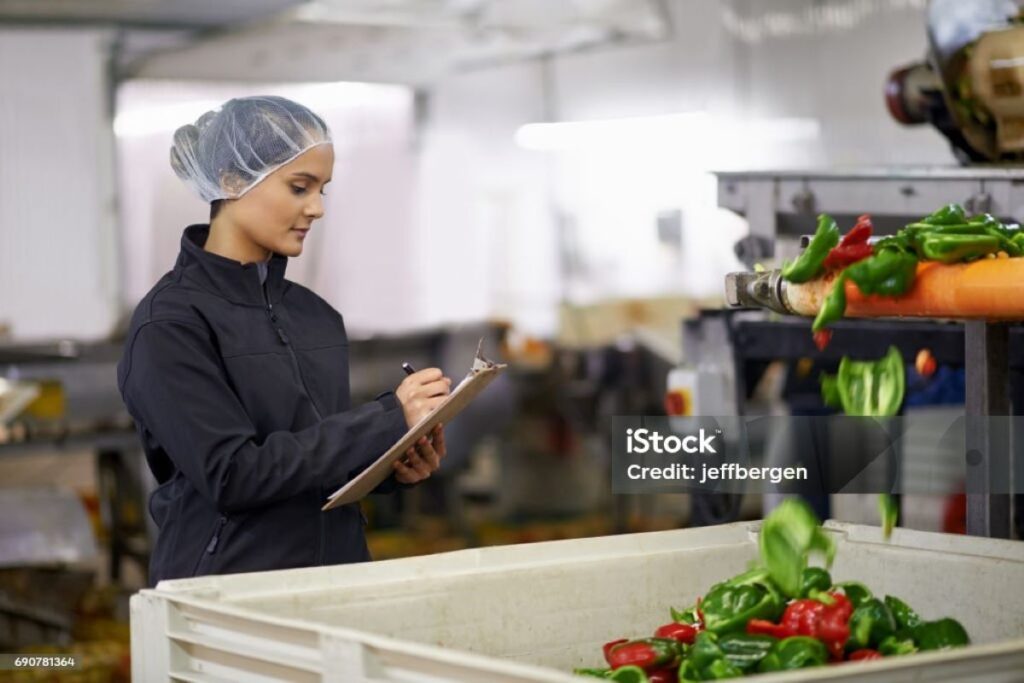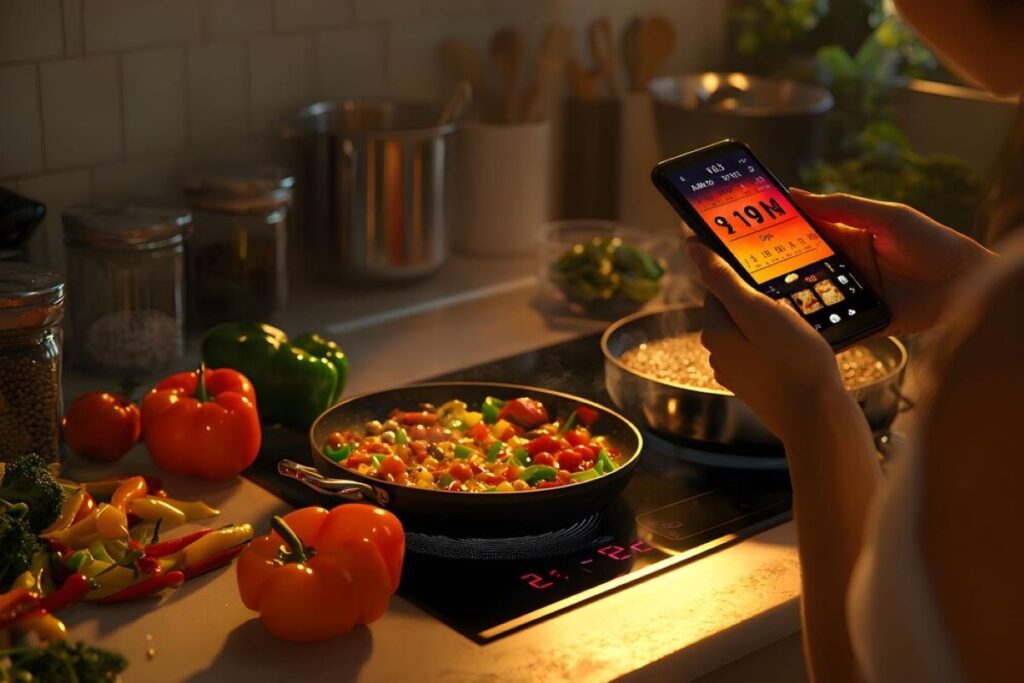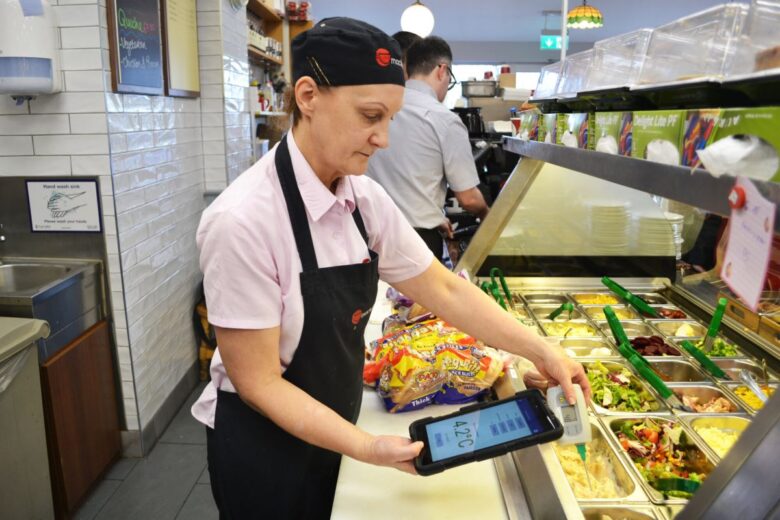In the fast-paced world of food service, maintaining optimal temperature control is crucial for ensuring food safety, quality, and compliance with regulations. Remote temperature monitoring systems have emerged as a game-changer in this domain, providing food service operations with the ability to monitor temperatures in real-time from virtually anywhere. This article explores the myriad benefits of implementing remote temperature monitoring in food service operations, highlighting its impact on safety, efficiency, and overall operational effectiveness.
Enhancing Food Safety
Food safety is paramount in any food service operation, and remote temperature monitoring plays a vital role in safeguarding against potential hazards. By continuously tracking the temperature of food storage areas, businesses can ensure that food is kept at safe temperatures, reducing the risk of foodborne illnesses. This proactive approach not only protects consumers but also helps maintain the reputation of the establishment, as patrons are increasingly aware of and concerned about food safety standards.
Real-Time Alerts and Notifications
One of the most significant advantages of remote temperature monitoring is the ability to receive real-time alerts. If a temperature fluctuation occurs, such as a refrigeration unit failing or a freezer door being left ajar, the system can immediately notify staff via SMS or email. This rapid response capability allows for quick corrective action, minimising the risk of spoilage and ensuring that food remains safe for consumption. Furthermore, these notifications can be tailored to specific thresholds, ensuring that staff are alerted only when necessary, thus allowing them to focus on other critical tasks while maintaining a vigilant eye on food safety.
Data Logging and Compliance
Remote temperature monitoring systems automatically log temperature data, creating a comprehensive record that can be invaluable for compliance with health regulations. In Australia, food businesses are required to adhere to strict food safety standards, and having accurate records can simplify inspections and audits. The ability to produce historical data on demand not only demonstrates compliance but also enhances accountability within the operation. Additionally, these systems can help identify trends over time, allowing businesses to make informed decisions about equipment maintenance and operational procedures, ultimately leading to improved efficiency and reduced costs.
Moreover, the integration of such technology can foster a culture of food safety within the organisation. Training staff on the importance of temperature monitoring and the implications of non-compliance can lead to a more conscientious workforce. When employees understand the critical role they play in food safety, they are more likely to adhere to best practices, thereby further mitigating risks associated with foodborne illnesses. This holistic approach not only protects customers but also contributes to the overall success and sustainability of the food service operation.
Improving Operational Efficiency
Operational efficiency is a critical aspect of any successful food service operation. Remote temperature monitoring can streamline processes and reduce the workload on staff, allowing them to focus on other essential tasks. In an industry where time is of the essence, the ability to automate routine checks not only enhances productivity but also contributes to a safer and more compliant food service environment.
Reduced Manual Checks
Traditionally, staff would need to conduct manual temperature checks throughout the day, which can be time-consuming and prone to human error. With remote temperature monitoring, these manual checks are significantly reduced or eliminated altogether. Staff can access real-time temperature data through a central dashboard, freeing them to concentrate on customer service and food preparation. Moreover, the elimination of repetitive tasks can lead to increased job satisfaction among employees, as they can engage in more meaningful work rather than mundane monitoring duties.
Optimising Equipment Performance
Remote monitoring systems can also provide insights into the performance of refrigeration and cooking equipment. By analysing temperature trends over time, businesses can identify patterns that may indicate equipment inefficiencies or impending failures. This proactive approach to equipment maintenance can prevent costly breakdowns, extend the lifespan of appliances, and ultimately save money on repairs and replacements. Additionally, having access to historical data allows operators to make informed decisions about when to upgrade or replace equipment, ensuring that they are always working with the most efficient technology available.
Furthermore, the integration of remote monitoring systems can enhance compliance with health and safety regulations. By maintaining accurate temperature logs automatically, food service operations can demonstrate adherence to food safety standards during inspections, reducing the risk of penalties or closures. This not only protects the business’s reputation but also instils confidence in customers regarding the safety and quality of the food they consume. As the industry continues to evolve, embracing technology such as remote temperature monitoring will be essential for staying competitive and meeting the growing expectations of consumers.

Enhancing Customer Satisfaction
In the competitive food service industry, customer satisfaction is a key driver of success. Remote temperature monitoring contributes to a more consistent and high-quality dining experience, which can lead to increased customer loyalty and positive reviews.
Consistent Food Quality
Maintaining the correct temperature is essential for preserving the quality and taste of food. Remote monitoring ensures that food is stored and cooked at the appropriate temperatures, resulting in consistently high-quality dishes. Customers are more likely to return to establishments that deliver reliable and delicious meals, thus enhancing the overall reputation of the business.
Building Trust with Transparency
Today’s consumers are increasingly concerned about food safety and sourcing. By implementing remote temperature monitoring, food service operations can demonstrate their commitment to safety and quality. Sharing data with customers, whether through marketing materials or on the premises, can build trust and confidence in the establishment. Transparency in food safety practices can be a unique selling point that distinguishes a business from its competitors.
Cost Savings and Sustainability
While the initial investment in remote temperature monitoring technology may seem significant, the long-term cost savings can be substantial. By preventing food spoilage and reducing energy consumption, businesses can achieve a more sustainable operation.
Minimising Food Waste
Food waste is a pressing issue in the food service industry, both economically and environmentally. Remote temperature monitoring helps minimise waste by ensuring that food is stored at safe temperatures, thereby extending its shelf life. This not only saves money on food purchases but also contributes to a more sustainable operation by reducing the environmental impact associated with food waste.
Energy Efficiency
Many remote temperature monitoring systems offer insights into energy consumption, enabling businesses to optimise their energy use. By identifying inefficiencies and adjusting settings accordingly, food service operations can lower their energy bills and reduce their carbon footprint. This commitment to sustainability can also resonate with environmentally conscious consumers, further enhancing the brand’s image.
Scalability and Flexibility
As food service operations grow, so too do their monitoring needs. Remote temperature monitoring systems are designed to be scalable, allowing businesses to expand their monitoring capabilities as required. This flexibility is particularly beneficial for multi-site operations or those looking to grow in the future.
Integrating with Other Systems
Modern remote temperature monitoring solutions can often integrate seamlessly with other management systems, such as inventory management and point-of-sale systems. This integration allows for a more holistic approach to operations, enabling businesses to track not only temperature but also stock levels and sales data. Such comprehensive insights can inform better decision-making and strategic planning. You may like to visit https://excitedigitalmedia.com/top-wireless-temperature-monitoring-systems-for-restaurants-and-food-storage/ to get more about the top wireless temperature monitoring systems for restaurants and food storage.
Customisation Options
Different food service operations have unique needs, and remote temperature monitoring systems can often be customised to meet specific requirements. Whether it’s adjusting alert thresholds, setting up different monitoring zones, or integrating with existing technology, these systems can be tailored to fit the operational landscape of any business.

Conclusion
The benefits of remote temperature monitoring in food service operations are numerous and impactful. From enhancing food safety and improving operational efficiency to increasing customer satisfaction and driving cost savings, the advantages are clear. As the food service industry continues to evolve, embracing technology such as remote temperature monitoring will be essential for staying competitive and ensuring the highest standards of quality and safety.
For food service operators looking to enhance their operations, investing in a remote temperature monitoring system can be a significant step forward. By prioritising safety, efficiency, and sustainability, businesses can not only protect their customers but also foster a thriving and successful operation in an increasingly demanding market.


